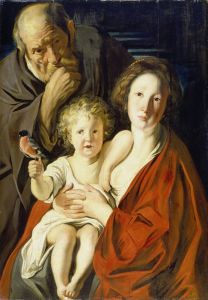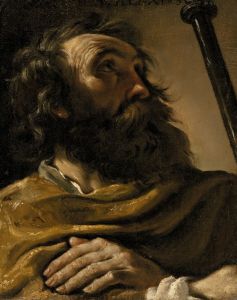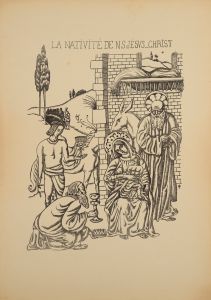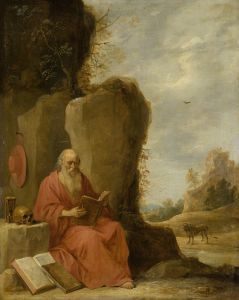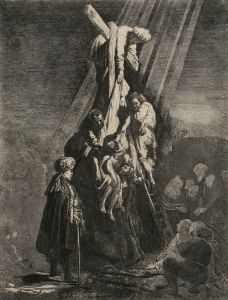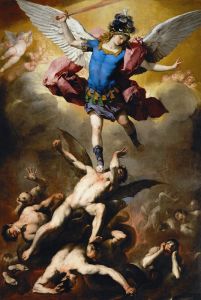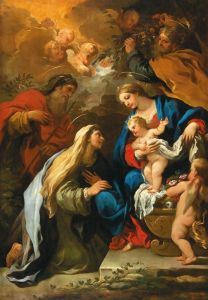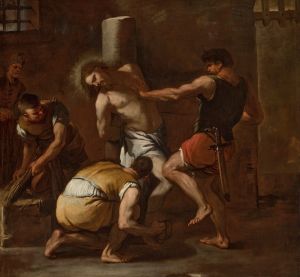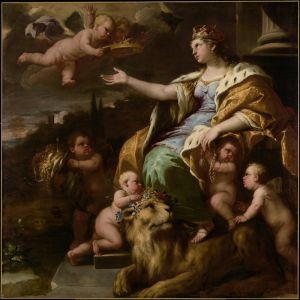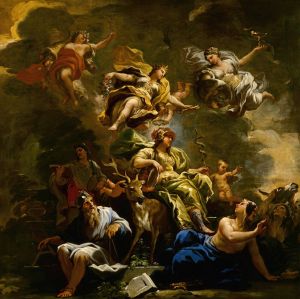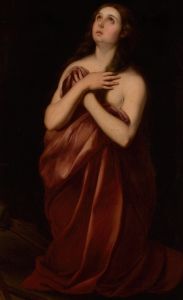
The Holy Family Venerated By St. Anthony of Padua
A hand-painted replica of Luca Giordano’s masterpiece The Holy Family Venerated By St. Anthony of Padua, meticulously crafted by professional artists to capture the true essence of the original. Each piece is created with museum-quality canvas and rare mineral pigments, carefully painted by experienced artists with delicate brushstrokes and rich, layered colors to perfectly recreate the texture of the original artwork. Unlike machine-printed reproductions, this hand-painted version brings the painting to life, infused with the artist’s emotions and skill in every stroke. Whether for personal collection or home decoration, it instantly elevates the artistic atmosphere of any space.
Luca Giordano, an eminent Italian Baroque painter, is renowned for his dynamic compositions and vibrant use of color. Among his extensive body of work is the painting "The Holy Family Venerated by St. Anthony of Padua." This artwork exemplifies Giordano's mastery in blending religious themes with the dramatic flair characteristic of the Baroque period.
"The Holy Family Venerated by St. Anthony of Padua" depicts a serene yet evocative scene where St. Anthony of Padua, a revered Franciscan friar and Doctor of the Church, is shown in adoration of the Holy Family. The Holy Family, consisting of the Virgin Mary, the Christ Child, and Saint Joseph, is a central theme in Christian art, symbolizing the ideal of familial love and devotion. In this painting, Giordano captures the reverence and humility of St. Anthony as he venerates the Holy Family, highlighting his deep spiritual connection and devotion.
Luca Giordano was born in Naples in 1634 and was a prolific artist whose career spanned several decades. He was known for his ability to work quickly, earning him the nickname "Luca Fa Presto" (Luca, Work Quickly). Giordano's style was heavily influenced by the works of other Baroque masters, such as Peter Paul Rubens and Diego Velázquez, as well as the dramatic chiaroscuro of Caravaggio. His ability to synthesize these influences into his unique style made him one of the leading painters of his time.
In "The Holy Family Venerated by St. Anthony of Padua," Giordano employs a rich palette and dynamic composition to convey the spiritual intensity of the scene. The figures are arranged in a harmonious manner, with the Holy Family positioned centrally, drawing the viewer's eye to the focal point of the composition. The use of light and shadow enhances the three-dimensionality of the figures, creating a sense of depth and realism.
St. Anthony of Padua is depicted with his traditional attributes, such as the Franciscan habit and the lily, symbolizing purity. His expression is one of awe and devotion, reflecting his role as a mediator between the divine and the earthly realms. The presence of the Holy Family signifies the importance of their role in Christian theology, representing the incarnation of Christ and the sanctity of family life.
Giordano's work is characterized by its emotional intensity and technical brilliance. His ability to convey complex theological concepts through visual art made his paintings not only objects of aesthetic appreciation but also tools for spiritual contemplation. "The Holy Family Venerated by St. Anthony of Padua" is a testament to Giordano's skill in capturing the essence of religious devotion and his contribution to the Baroque movement.
Throughout his career, Giordano received numerous commissions from religious institutions and patrons across Europe, which allowed him to travel extensively and further refine his artistic style. His works can be found in various museums and collections worldwide, continuing to inspire and captivate audiences with their beauty and spiritual depth.
In summary, "The Holy Family Venerated by St. Anthony of Padua" is a quintessential example of Luca Giordano's artistic prowess and his ability to convey profound religious themes through his art. The painting remains a significant piece within the canon of Baroque religious art, reflecting the enduring legacy of Giordano's contribution to the cultural and artistic heritage of his time.





